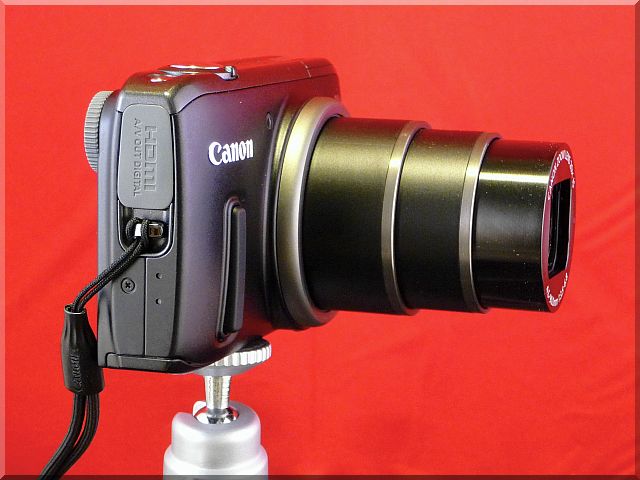DSLR – Canon EOS 40D – quality requires discomfort
As you can see in the photos and specifications, a DSLR is bulky and heavy. My Canon 40D with the lens mounted is about 3.2 lb (about 1.5 kg) without other accessories. Compare it with the SX260 which is only ½ lb (230 g) and about 8 times smaller (in volume)! For the first one you will need a backpack (or a large photo carrying bag) while the last one will fit into your pocket.
Some will ask “Is it really so much better in quality to deserve all the discomfort?” My answer is affirmative but not without a comment: I really care about the (technical) quality of some of my photos and the flexibility and creativity offered by a good DSLR that I feel the need to carry one with me despite of its weight or volume. Shooting RAW is another reason to carry this camera with me. Believe me, I’m not trying to make a social statement or to show off – it is all about the results I get.
For most people, carrying a DSLR in a long trip could be an element of stress and inconvenience; especially these days when you can take a good picture with a small camera or even with your phone. So, leave your DSLR at home if you plan to travel light and if you are less demanding when it comes to image quality.
Compact – Canon PowerShot SX260 HS
In this post I don’t intend to reiterate the virtues of a good travel camera again. You can read this post for few words. But I want to remind you that accepting a travel camera as your companion is a matter of compromise. And Canon PowerShot SX260 HS is a good one.
After using this camera for about two months and few thousand photos in different circumstances, I can say that I am pleasantly surprised. Most of the captures are well balanced, properly exposed and without excessive noise in most situations. There is a slight tendency of overexposure in strong light and scenes with powerful contrasts but there are ways to prevent this (as we will discuss in a later post). The quality of the results make them good candidates for small prints (no larger than 8”´12”) and excellent for screen display (including illustrating your blog or sharing them online with friends or relatives). The lens range (24 to 480mm) is very useful for a multitude of subjects and situations and the image stabilization is very effective; however, such versatility comes at a price: sharpness of the image is not great (a bit too soft), some distortions are visible (but otherwise well compensated by the camera processing unit) and the maximum aperture at the long end is only F6.3 creating some focusing problems in low light.
Compared with other similar cameras, the Canon SX260 HS delivers better than average image quality and enough versatility to allow enthusiasts experiment with about 58 scene modes, good manual controls and a number of creative filters while being comfortable and inconspicuous (especially for those interested in street photography).
Compact – Panasonic Lumix TZ5
Panasonic Lumix DMC-TZ5 is the travel camera I used for about four years wherever carrying a DSLR didn’t make sense: on the streets in my home town, in business trips, while visiting friends and relatives, etc. It served me well, allowing me to experiment or to capture memories without the burden of a heavy backpack. But, as I mentioned in another post, TZ5 began lately to show some signs of wear – the zoom ring around the shutter seems to exhibit electrical contact issues reducing the responsiveness of the zoom control. This was one of the reasons I decided to replace it with Canon SX260. But I didn’t give up on it: I just bought some spare parts at a bargain price and I intend to fix it soon (I will document this experience in a separate post one day).
Despite its problems, my daughter used the TZ5 in London to take some pictures with good results. I was always happy with the quality of colors and the good exposure this camera provided in plenty of situations. TZ5 offers a great bag of features for the occasional photographer that does not want to spend time fiddling with manual controls or post processing on a computer.
In the next post I will stop at accessories (digital memory, batteries and chargers, tripods for compacts and backup storage devices). Stay tuned!



